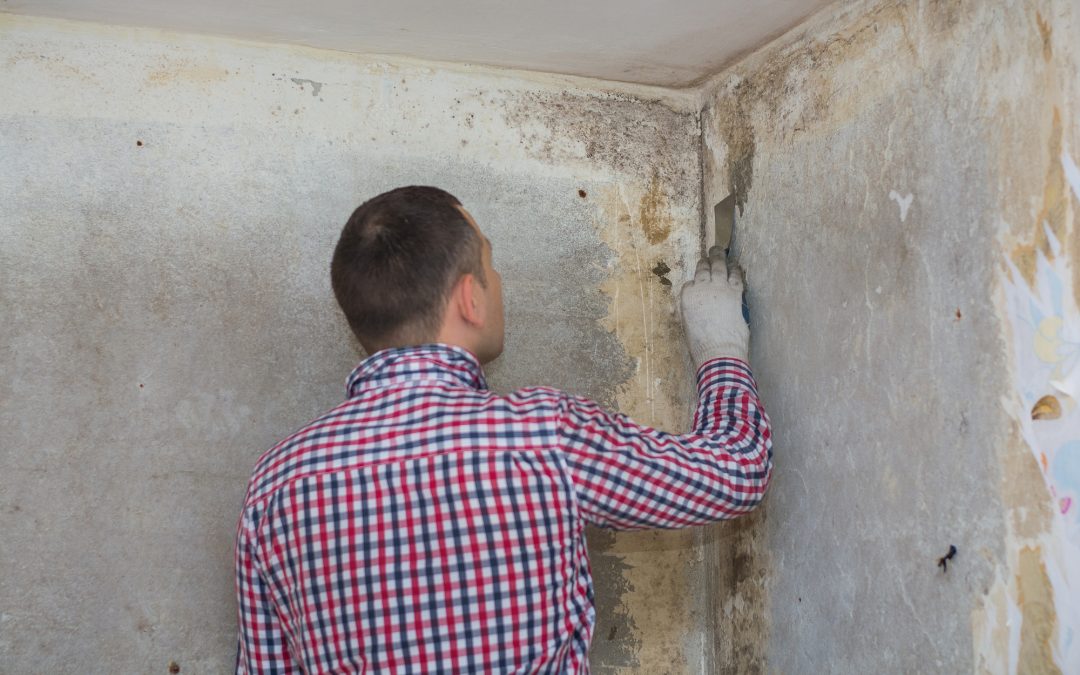After Mold Remediation Strategies for Clean Rooms
Your Ultimate Overview to Message Mold And Mildew Removal Methods
In the consequences of mold and mildew invasion, knowing just how to properly eradicate the mold and mildew and avoid its reoccurrence is extremely important for maintaining a healthy and balanced indoor environment. From choosing the right cleaning and sanitizing techniques to implementing methods for long-term mold prevention, each step in the removal journey plays a crucial role in ensuring a successful result.
Comprehending Post-Mold Removal Refine
After completing the mold remediation procedure, it is important to recognize the post-mold removal methods that are necessary to make certain a effective and comprehensive clean-up. Once the mold has been eliminated, the following action includes cleansing and disinfecting the influenced locations to avoid any kind of regrowth of mold and mildew. This consists of utilizing specialized cleaning up agents to wipe down surfaces and eliminate any type of continuing to be mold and mildew spores. It is important to dry out the location entirely to discourage the growth of mold and mildew in the future (After mold remediation). Correct ventilation and dehumidification can help in this process.
Additionally, conducting a final examination post-remediation is crucial to make certain that all mold has actually been effectively gotten rid of. This examination needs to entail an extensive aesthetic check in addition to perhaps air sampling to confirm the absence of mold and mildew spores in the air. If the assessment reveals any kind of remaining mold and mildew, additional removal may be needed. Informing occupants on preventive procedures such as managing wetness levels and immediately dealing with any water leakages can assist preserve a mold-free setting.
Reliable Cleansing and Decontaminating Approaches

Preventing Future Mold Growth

Importance of Correct Ventilation
Correct ventilation plays a critical role in preventing dampness build-up, a crucial factor in mold and mildew growth within get redirected here indoor atmospheres. Efficient air flow systems aid get rid of excess humidity from the air, reducing the chances of mold spores finding the wetness they require to sprout and spread. Without ample air flow, interior rooms can become a breeding place for mold and mildew, leading to potential health risks and architectural damages.
By making certain appropriate air flow, ventilation systems can additionally assist in drying wet areas faster after water damages or flooding occurrences, better deterring mold and mildew development. testing air quality after mold remediation. Precede like shower rooms, kitchen areas, attic rooms, and basements where dampness degrees often tend to be higher, setting up and keeping efficient air flow systems is vital in protecting against mold and mildew infestations

Tracking and Maintenance Tips
Given the crucial duty that correct ventilation plays in avoiding mold development, it is critical to develop reliable tracking and upkeep pointers to ensure the ongoing performance of air flow systems. Routine evaluations of air flow systems need to be conducted to look for any kind of signs of clogs, leakages, or malfunctions that might impede proper air flow. Surveillance moisture levels within the building is additionally critical, as high moisture can add to mold development. Mounting a hygrometer can assist track moisture degrees and alert house owners to any type of spikes that might need interest. Additionally, making basics certain that air filters are routinely cleaned or changed is vital for preserving the efficiency of the ventilation system. Implementing a routine for routine maintenance tasks, such as duct cleaning and a/c system assessments, can help protect against concerns before they escalate. By remaining mindful and aggressive to the problem of air flow systems, residential property proprietors can properly alleviate the danger of mold and mildew regrowth and maintain a healthy indoor atmosphere.
Conclusion
In final thought, post-mold removal strategies are important for ensuring a risk-free and tidy environment. Comprehending the process, applying efficient cleansing and sanitizing methods, protecting against future mold development, keeping appropriate air flow, and regular monitoring are all vital steps in the remediation procedure. By adhering to these standards, you can effectively get rid of mold and avoid its return, promoting a healthy and balanced living or working room for all owners.
In the after-effects of mold and mildew problem, knowing just how to effectively eliminate the mold and mildew and prevent its reoccurrence is extremely important for keeping a healthy and balanced indoor setting. Once the mold and mildew has actually been removed, the next action includes cleaning and decontaminating the impacted locations to avoid any type of regrowth of mold - Post Mold remediation cleaning. After eliminating noticeable mold development, it is critical to clean all surface areas in the damaged area to eliminate any kind of staying mold spores. To even more boost mold avoidance procedures, it is essential to attend to underlying problems that initially led to mold and mildew growth.Offered the crucial function that correct air flow plays in preventing mold and mildew growth, it is necessary to establish reliable monitoring and maintenance pointers to ensure the ongoing performance of air flow systems